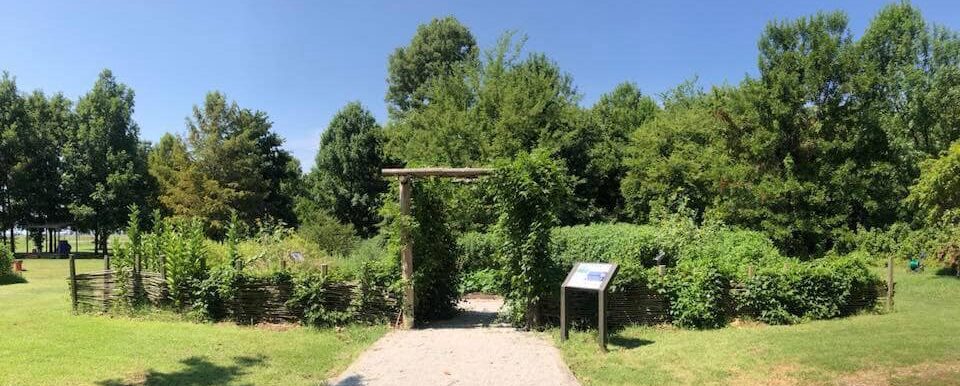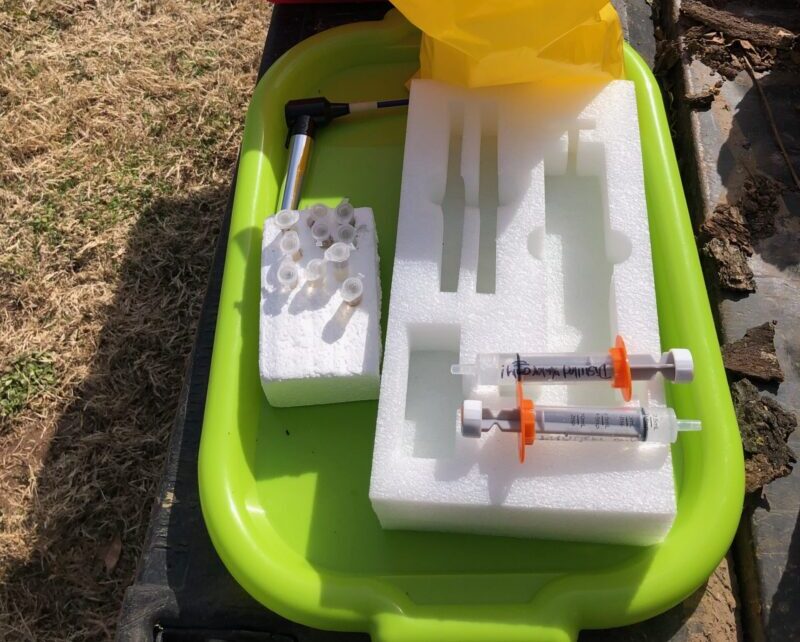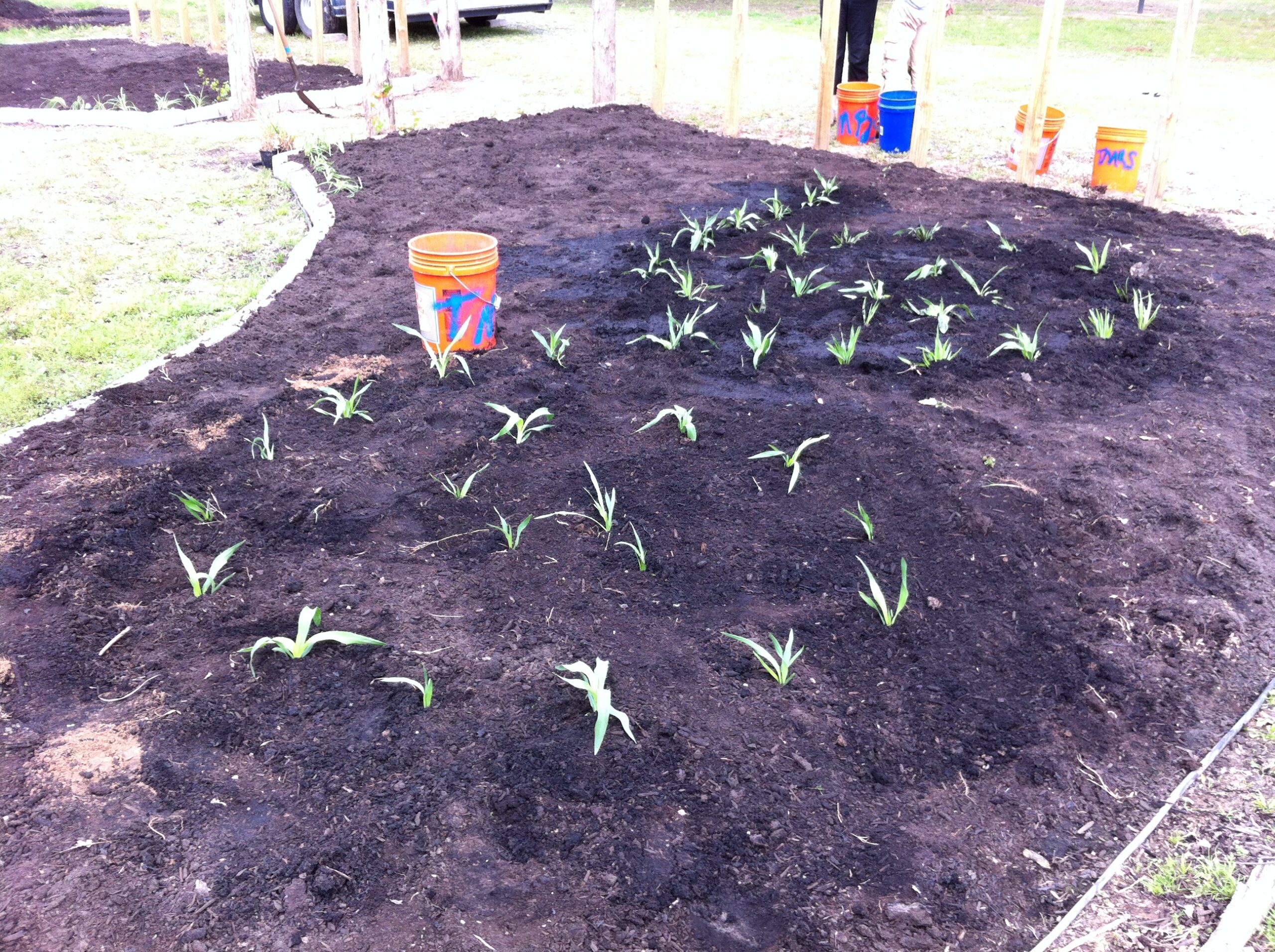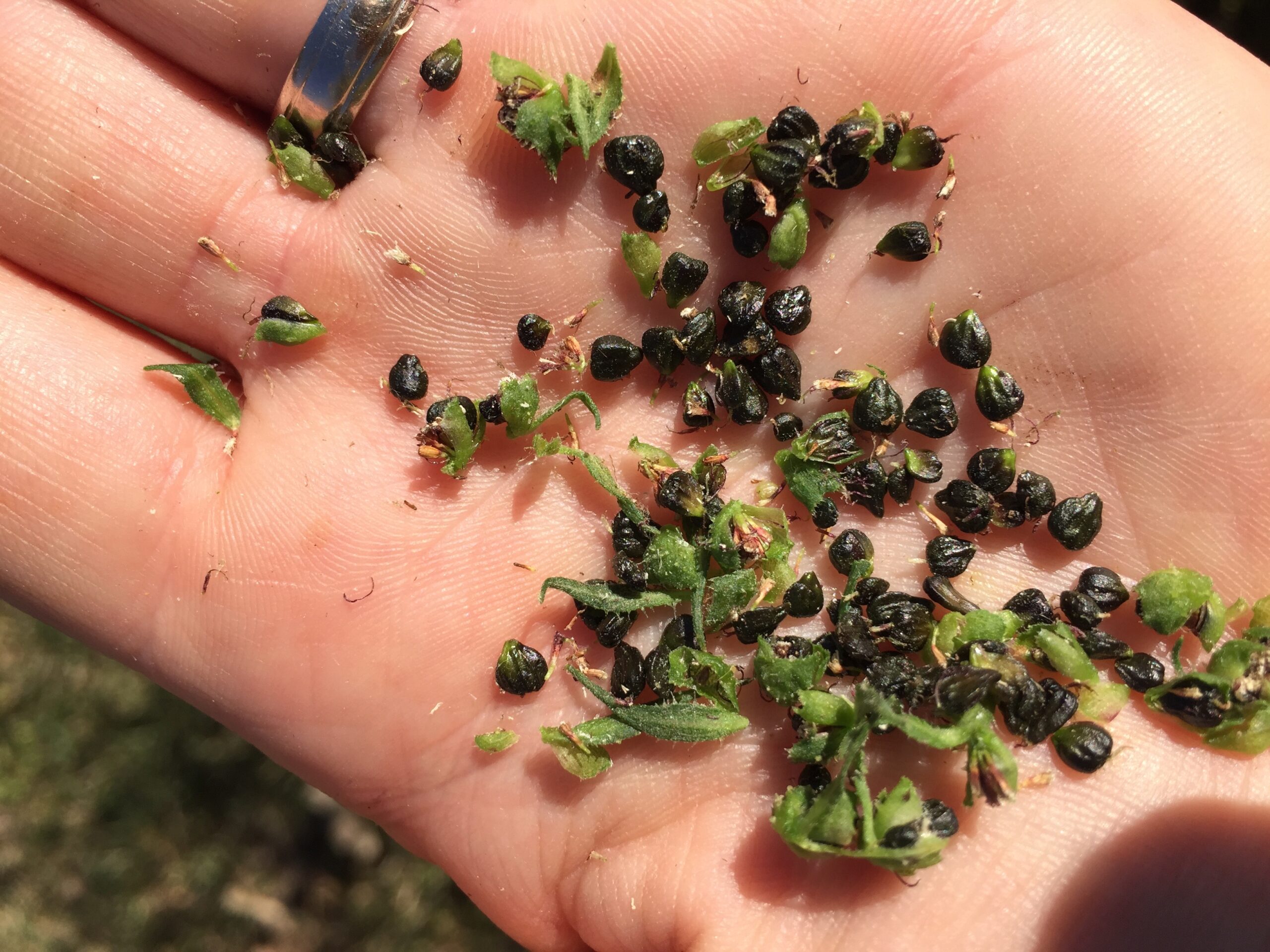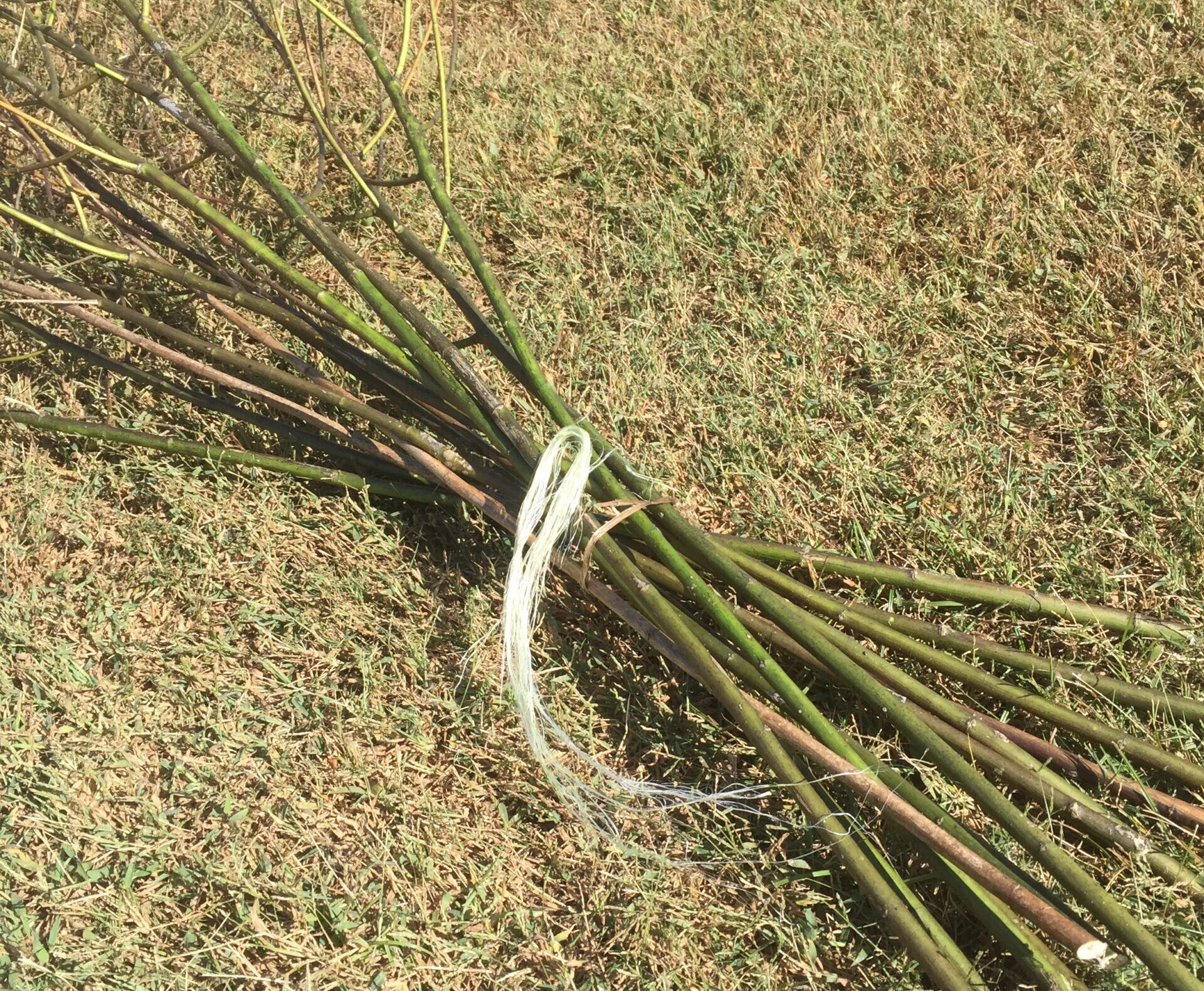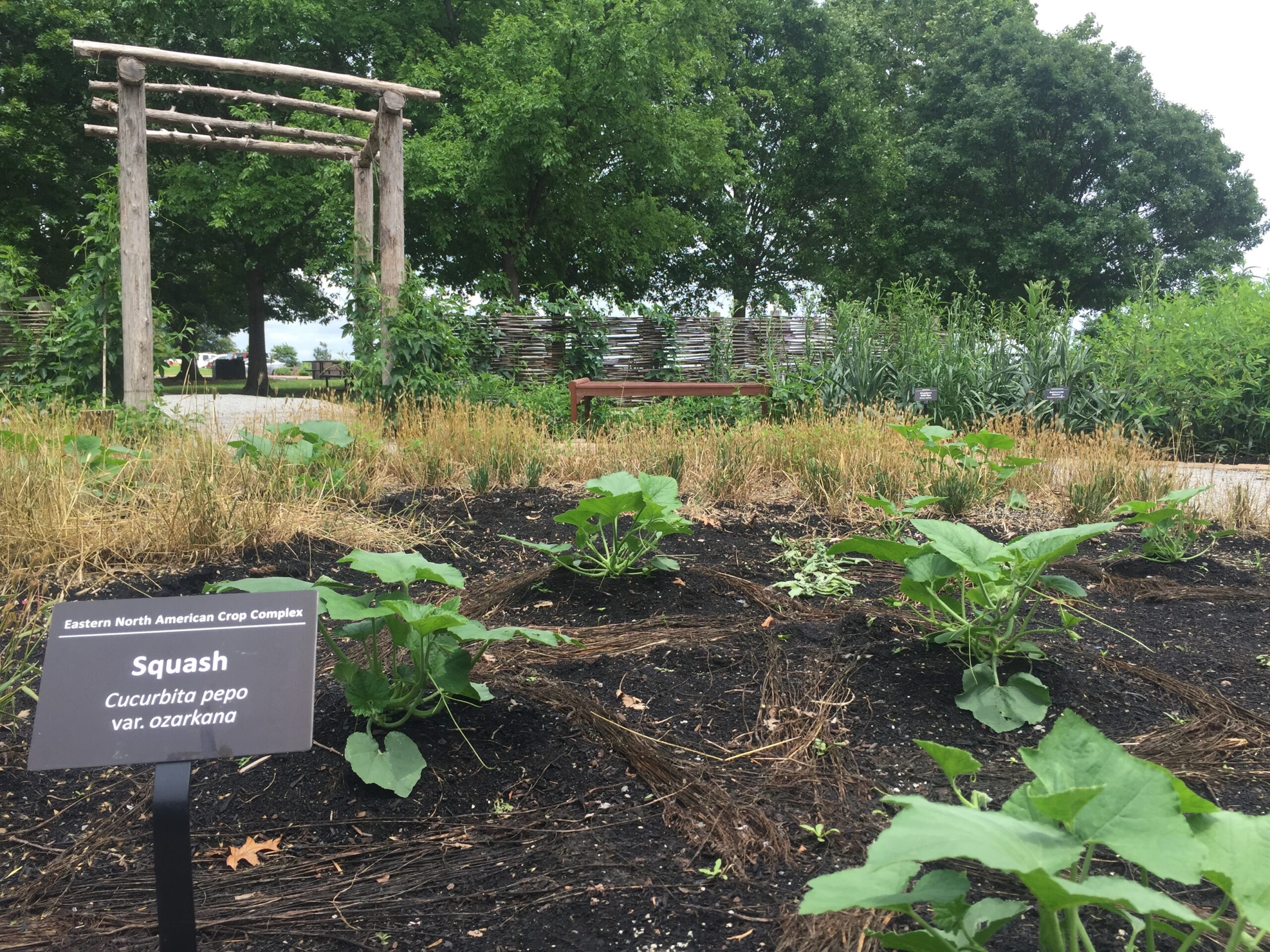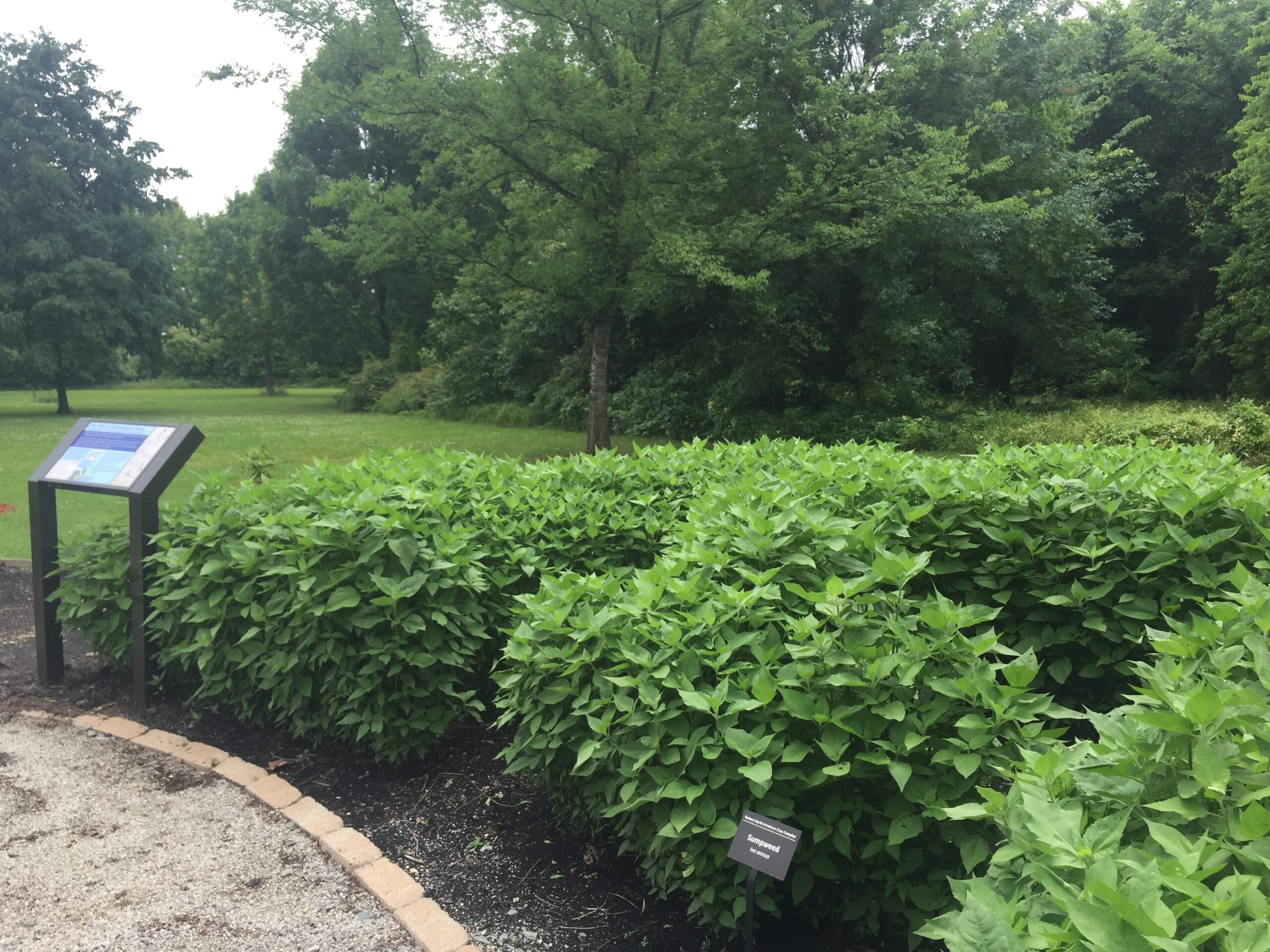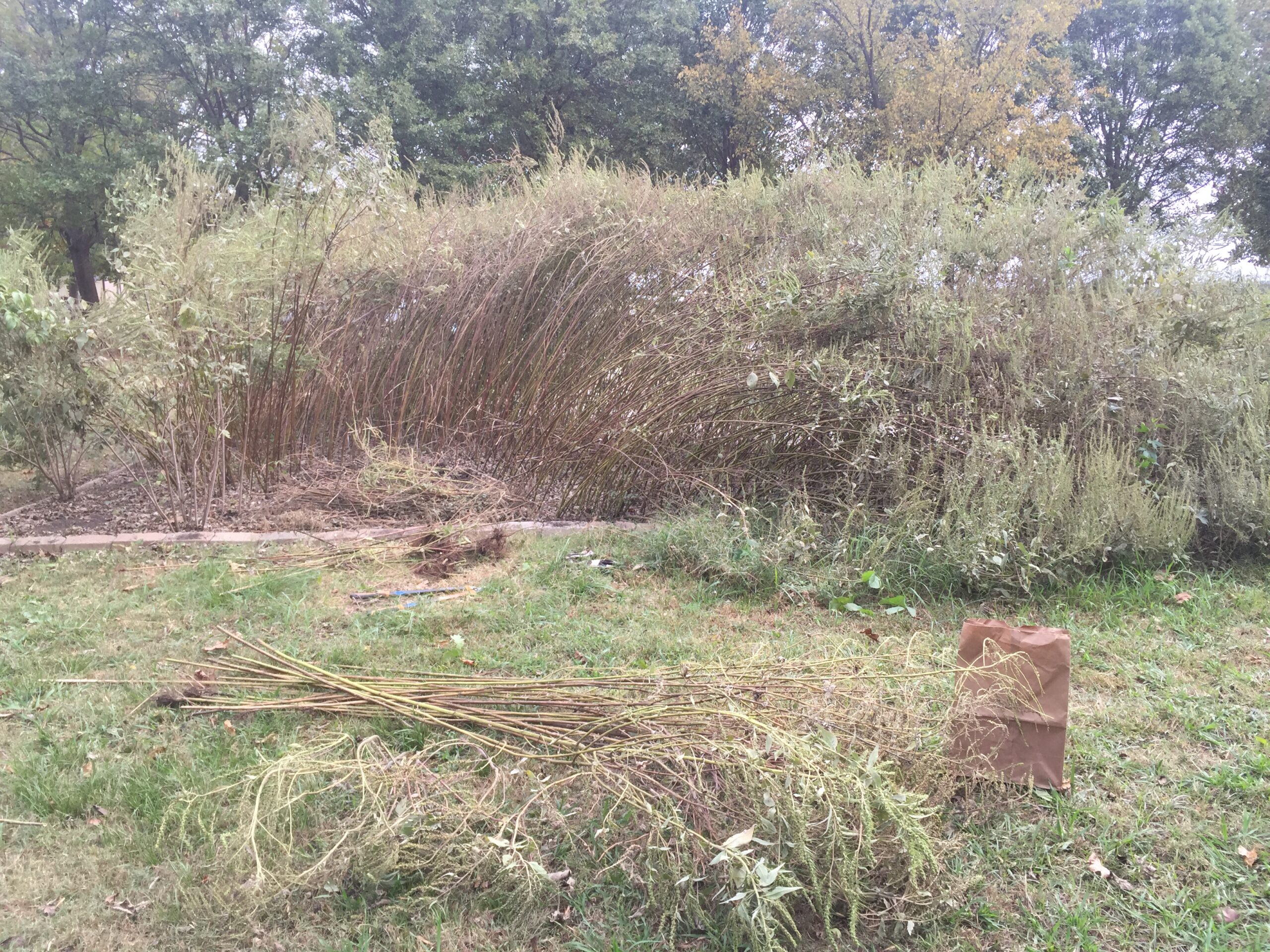Ethnobotanical and Horticultural Research
Whether you are an organization or individual looking to build ecologically appropriate or historically meaningful landscapes or gardens, a museum or state park needing assistance with educational and interpretative materials, or a CRM firm in need of specialized expertise in ethnobotanical research and botany for Traditional Cultural Property (TCPs) surveys, Rattlesnake Master LLC can help you create engaging educational gardens and landscaping, and assist ethnobotanical research. Projects may include but are not limited to;
- Biodiversity and non-native invasive plant assessments for public and private land
- Heritage garden and local wildflower garden design
- Ethnobotanical interpretative materials for museums and parks
- Ecologically appropriate landscaping plans
- Ethnobotanical research and botanical survey to assist in identification of Traditional Cultural Properties
- Community based, self-contained ethnobotanical databases
- Annotated research bibliographies and grant writing
Contact me to discuss your project needs and how I can assist in vibrant and engaging research and design centered in the deep time relationships between plants and people.
The Plum Bayou Garden
In 2014, I designed a living exhibit at Toltec Mounds Archaeological State Park. With funding from the Arkansas Humanities Council and the National Endowment for the Arts grant, in collaboration with Arkansas State Parks staff, and with the help of numerous volunteers, we built the garden over the course of a few weeks and opened it it the public in the Summer of 2015.
The garden focuses on engaging visitors with the over 5000 year history of plant use and plant domestication in the Southeastern United States. Featuring wild cousins of ancient domesticates, some now extinct, such as Iva annua (sumpweed), Chenopodium berlandieri (pitseed goosefoot), Phalaris caroliniana (maygrass), Polygonum erectum (erect knotweed), Cucurbita pepo var. ozarkana (ozark wild squash) and Hordeum pusillum (little barley), as well as other plant resources documented in the archaeological record of Arkansas such as Eryngium yuccifolium (rattlesnake master), Passiflora incarnata (maypops), and more.
The design and build of the garden includes permanent wayside panels that engage visitors in learning more about the domestication of plants by the Indigenous peoples of the Southeast, how plants were used for technological purposes such as basketry and textiles, and how archaeologists study ancient plant use. The Plum Bayou Garden also features professional botanical markers to help visitors identify key plant resources.
Not only is the Plum Bayou Garden a permanent feature of the interpretative landscape of Toltec Mounds State Park, but the garden has also; served as a living laboratory for ongoing collaborative research on ancient plant genetics and processes of domestication, as a hands-on classroom for botany students at the University of Arkansas Little Rock and the University of Arkansas Monticello, and acted as a seed-bank for researchers at universities across the Midsouth and Southeast, the USDA, and even high schools.

